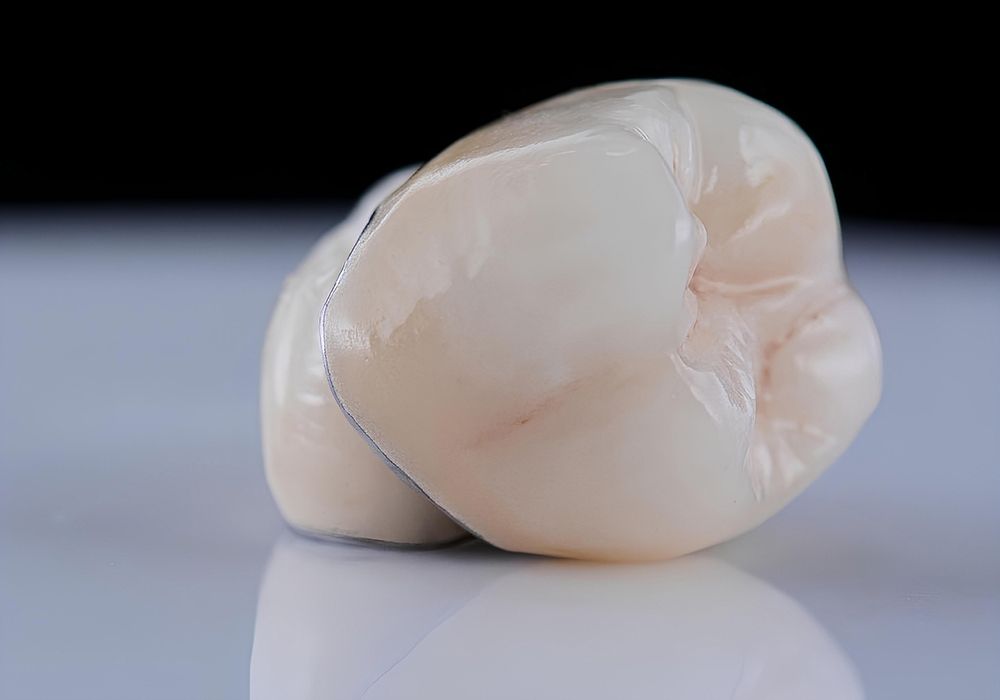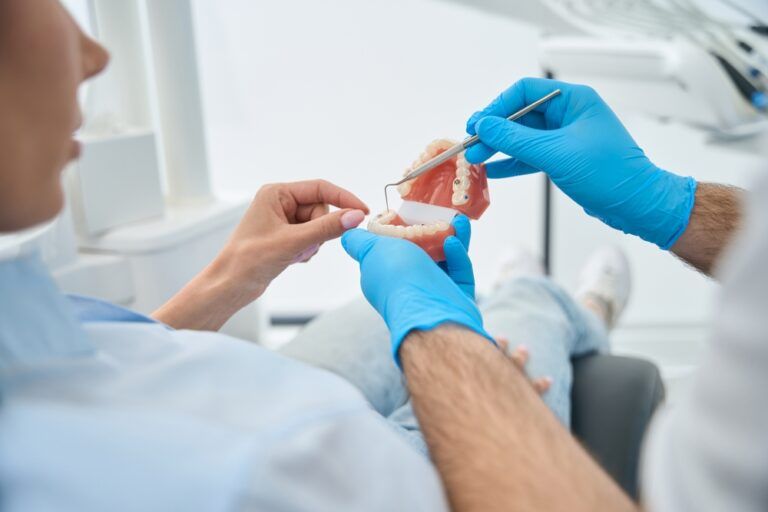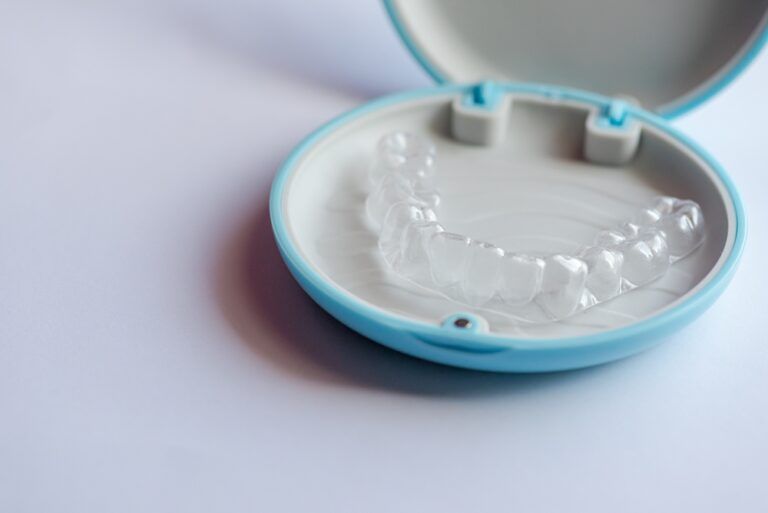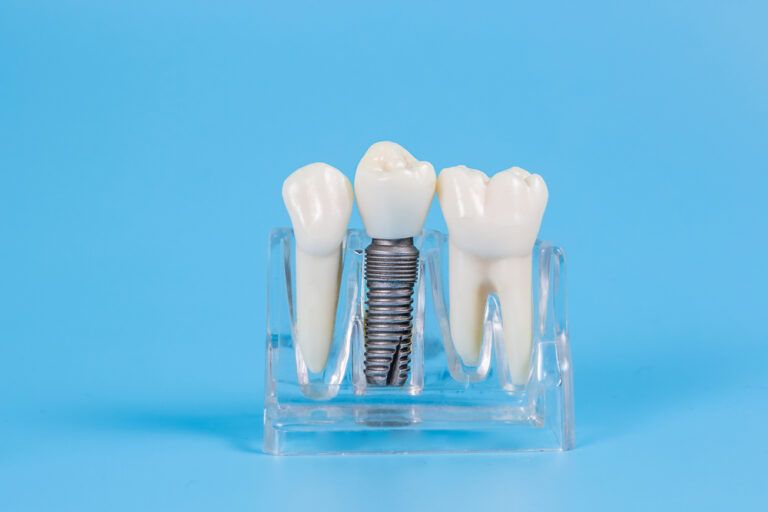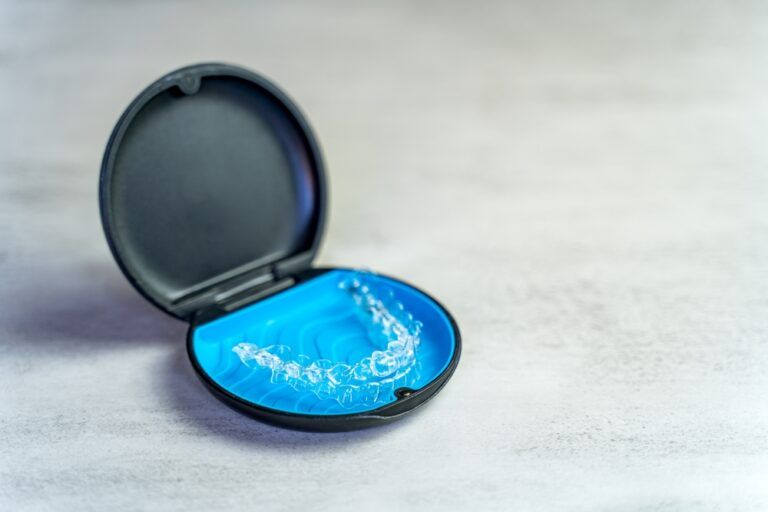Dental crowns are a popular restorative option, used to repair damaged teeth, restore functionality, and enhance the aesthetics of your smile. Whether due to decay, injury, or wear, crowns provide a protective covering for teeth, extending their life and improving their appearance. At Seaport Family Dental in Redwood City, CA, Dr. Steve Deng, DDS, helps patients navigate each step of the dental crown process. Here’s a detailed look at what to expect from start to finish.
What Are Dental Crowns?
A dental crown is essentially a “cap” that covers a tooth to restore its shape, strength, and appearance. Crowns are custom-made to fit over individual teeth and are commonly crafted from materials such as porcelain, ceramic, metal alloys, or a combination of materials. These materials provide different benefits, including strength, durability, and a natural appearance.
Dental crowns are versatile solutions for various dental issues, including:
- Severely decayed or damaged teeth
- Cracked or broken teeth
- Support for a tooth with a large filling
- Protection for a tooth after a root canal treatment
- Improvement of a tooth’s appearance, alignment, or shape
Crowns provide both cosmetic and functional benefits, making them a go-to option for patients seeking a durable and long-lasting solution.
The Dental Crown Process: What to Expect
Understanding the stages of getting a dental crown can make the experience smoother and help alleviate any anxiety. While each case may vary slightly, here is a general overview of the process.
Step 1: Initial Consultation and Examination
Before any treatment begins, an initial consultation with Dr. Steve Deng will assess whether a crown is the right solution for your needs. During this visit, Dr. Deng will examine the affected tooth, potentially taking X-rays to determine the extent of the damage or decay. If a crown is the appropriate solution, the next step is scheduling a preparation appointment.
Step 2: Tooth Preparation
The next stage involves preparing the tooth to receive the crown. During this appointment, Dr. Deng will carefully remove a portion of the tooth’s outer structure, allowing room for the crown to fit snugly. The amount of enamel removed depends on the type of crown being placed. For example, metal crowns require less removal than porcelain crowns due to the material’s thickness.
If there is significant decay or a risk of infection, a root canal may be performed before the crown placement. This ensures the tooth is free from infection and stable enough to support the crown.
Step 3: Impressions for Customization
After the tooth is prepared, impressions are taken to create a model of your teeth. These impressions allow the dental lab to craft a custom crown that fits precisely over your tooth. While traditional impression materials are still used in many cases, digital impressions are increasingly common, providing accurate models with greater speed and comfort.
The impressions are sent to a dental lab where skilled technicians create the crown, matching the color and shape to blend naturally with your surrounding teeth. This process typically takes one to two weeks, although exact timing varies.
Step 4: Placement of a Temporary Crown
Since creating a custom crown takes time, a temporary crown is placed over your tooth to protect it until your permanent crown is ready. Temporary crowns are usually made from resin or acrylic and are less durable than permanent crowns, so it’s important to avoid hard, sticky, or chewy foods during this time.
Temporary crowns help protect the prepared tooth and maintain your smile’s appearance. However, they may not fit as snugly as the final crown, so be cautious to avoid discomfort or dislodging.
Step 5: Fitting and Placing the Permanent Crown
Once your permanent crown arrives from the lab, it’s time for the final fitting. Dr. Deng will remove the temporary crown and place the new one, checking for an exact fit. This step involves examining the crown’s shape, color, and alignment to ensure it feels comfortable and looks natural within your smile.
After confirming the fit, the crown is permanently cemented onto the tooth using a strong dental adhesive. The process is completed with a final polish, giving the crown a smooth and natural look that blends seamlessly with your other teeth.
Step 6: Post-Procedure Care and Adjustments
Following the placement of your dental crown, it’s normal to experience some sensitivity, especially to temperature changes. This sensitivity usually subsides within a few days. Dr. Deng may recommend a desensitizing toothpaste or other remedies to reduce discomfort.
In some cases, minor adjustments may be needed to ensure a comfortable bite. If you experience discomfort when biting or chewing, be sure to let Dr. Deng know so adjustments can be made for optimal comfort.
Types of Dental Crowns and Their Benefits
The type of crown selected can depend on factors like durability, aesthetics, and cost. Here’s a breakdown of common crown materials and their benefits:
- Porcelain or Ceramic Crowns: Ideal for a natural appearance, these crowns match the color of surrounding teeth. They’re a popular choice for front teeth but are less durable than metal-based crowns.
- Metal Crowns: Made from alloys of gold, platinum, or base metals, metal crowns are durable and resistant to wear. They are commonly used for molars where strength is prioritized over appearance.
- Porcelain-Fused-to-Metal (PFM) Crowns: Offering a balance between durability and aesthetics, PFM crowns combine the strength of metal with the natural appearance of porcelain.
- Zirconia Crowns: Known for their strength and natural appearance, zirconia crowns are a newer option that provides a high level of durability and aesthetics, making them suitable for any tooth.
Each type has its own set of advantages, so it’s important to discuss with Dr. Deng which option aligns with your needs and budget.
Maintaining Your Dental Crown
Dental crowns are designed to last many years, but proper care is essential to maximize their longevity. Here are a few tips for maintaining your crown:
- Practice good oral hygiene: Brush twice a day and floss daily to keep the crown and surrounding gum tissue healthy.
- Avoid excessive force: Avoid using your teeth to open packages or bite into hard objects, as this could damage the crown.
- Schedule regular dental visits: Routine check-ups allow Dr. Deng to monitor the condition of your crown and make any necessary adjustments.
- Minimize staining foods and beverages: While crowns are resistant to stains, reducing your intake of staining agents like coffee, tea, and wine can help maintain the crown’s appearance.
Your Smile Investment: Why Dental Crowns Are Worth It
Investing in a dental crown is an effective way to restore the function and appearance of a damaged tooth. From improved aesthetics to increased durability, crowns offer a reliable solution for a healthier smile. Dr. Steve Deng and his team at Seaport Family Dental are committed to helping you achieve your dental goals through quality restorative options. Whether you’re getting a crown for functional or cosmetic reasons, understanding the process helps make it a positive experience.
Sources:
- Goodacre, C. J., & Bernal, G. (2003). Clinical complications in fixed prosthodontics. Journal of Prosthetic Dentistry.
- Pjetursson, B. E., & Sailer, I. (2007). A systematic review of the survival and complication rates of all-ceramic and metal-ceramic reconstructions. Clinical Oral Implants Research.
- Raigrodski, A. J. (2004). Contemporary materials and technologies for all-ceramic fixed partial dentures: A review of the literature. Journal of Prosthetic Dentistry.

